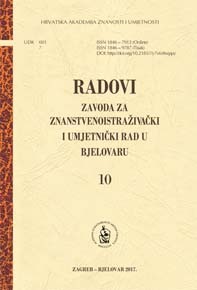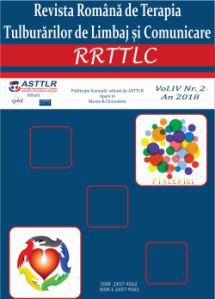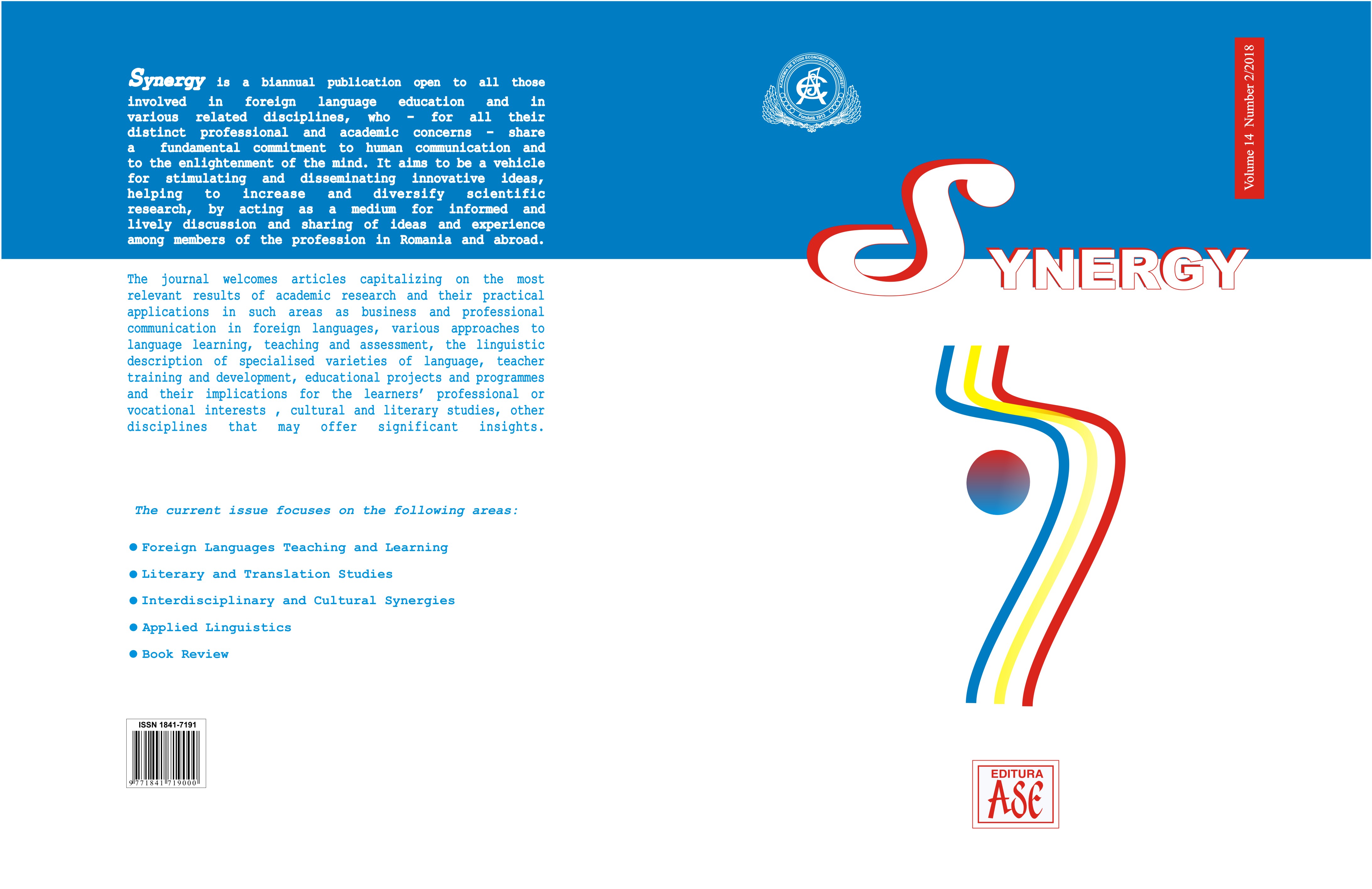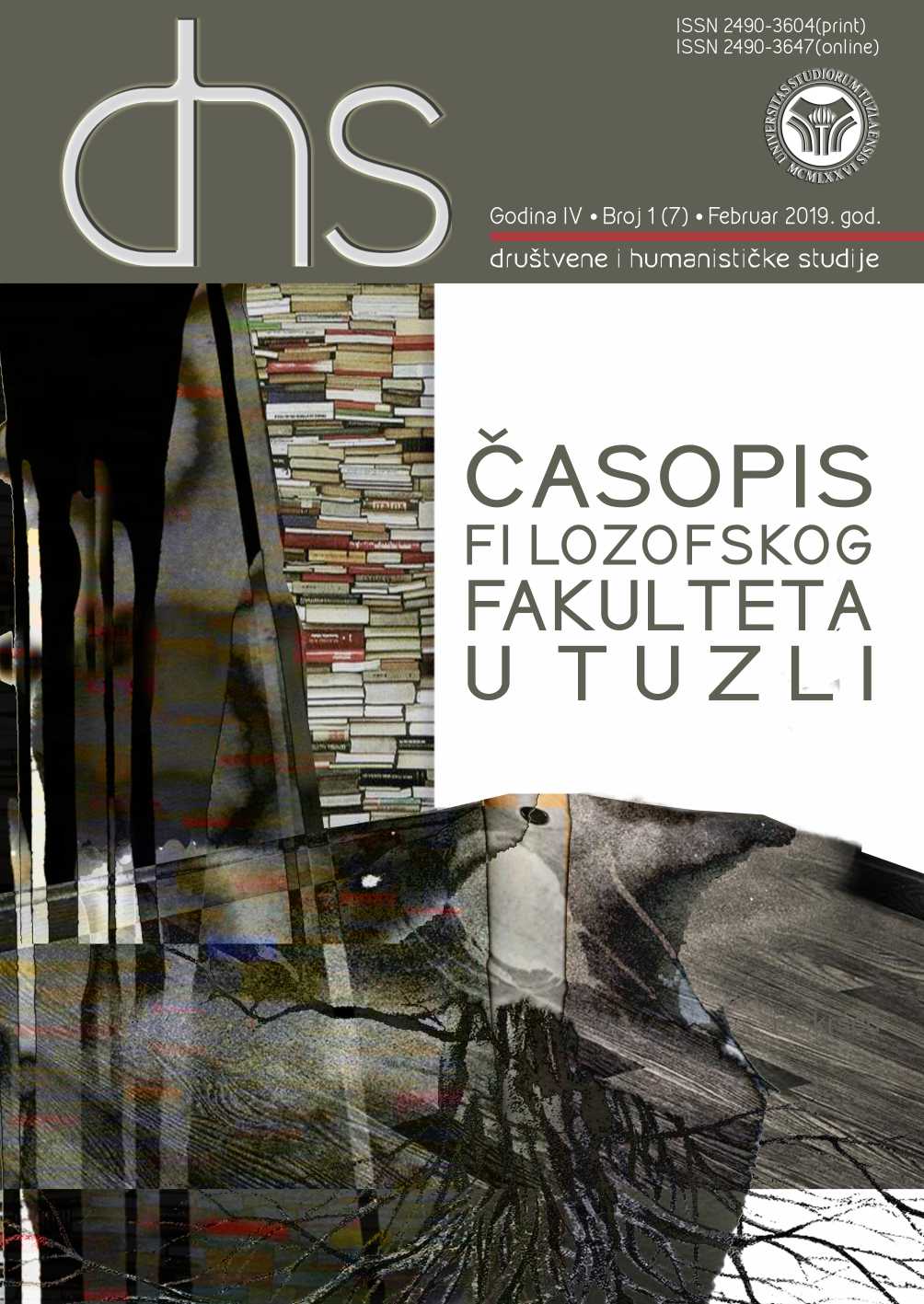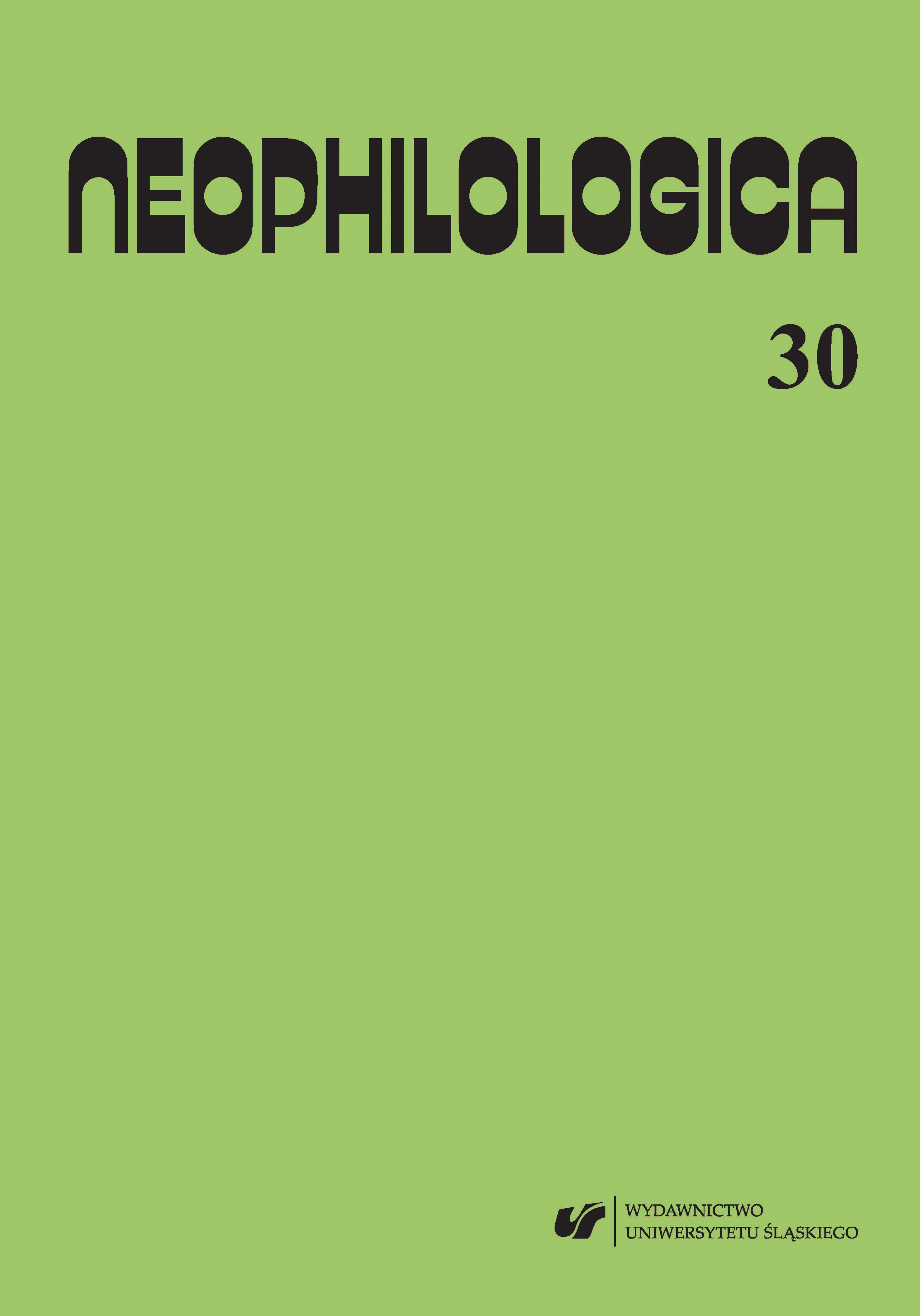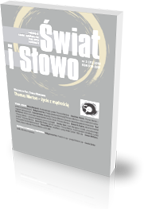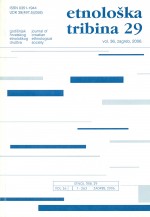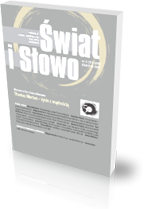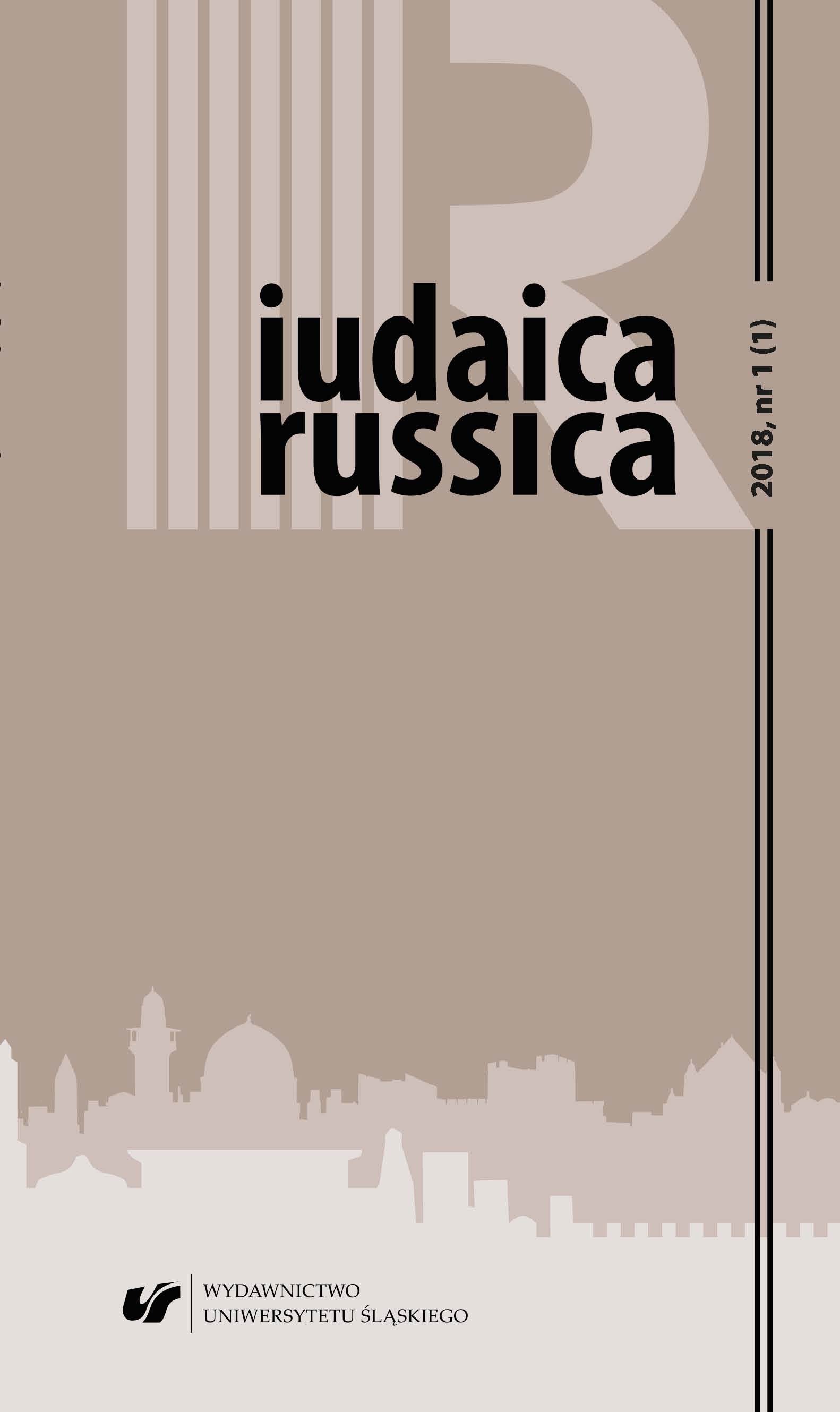Author(s): Ana Perinić / Language(s): Croatian
Issue: 29/2006
The Molise Croats, the smallest and oldest Croatian Diaspora in Europe, have maintained their identity over five centuries, primarily thanks to their language, which is the fundamental feature of their diversity from the neighboring Italian and immigrant communities in Italy's south. If one applies to the Molise Croatian community the 6 major characteristics of ethnicity proposed by the British sociologist, A.D. Smith, it becomes evident just how complex and dynamic the ethnic formation really is. Their ethnonym has been constructed scientifically, linguistically and historically, and was created only at the mid-19th century with the discovery of the Slavic enclave in southern Italy, whose members spoke in a Southern Slavic language. They refer to their original homeland with the undefined, semi-mythic syntagm from the other side of the sea, and say they speak simply in our [language]. Common history in the case of the Molise Croats can be monitored in their original homeland, during migration and re-settlement, in their new homeland and, finally, subsequent to the discovery of the community in relation to its actual and potential forebears and original homeland. Language is the most significant diversity marker and the most powerful identificational feature of this community. It was precisely through the language used that the community attracted attention in the 19th century. The theory that the Molise Croats had come originally from the Biokovo Mountain foothills/Neretva River region south of Cetine, where the Štokavian-Čakavian dialect was spoken, was scientifically confirmed. The significance of religion can be seen in written evidence on the settlement of Slavic refugees and runaways that has been found in sacred buildings in the Italian south, and in the importance of the Church's role as a place where they could speak in their own language – na našo – with the priests. Certain customs they brought with them have also been preserved, along with elements of material culture and oral poetry. In this respect, the appearance of the personage of Ivo Karlović in oral poems prompted the interpretation (the possibility of establishing dates, collective memory of the Ottoman threat), which are not customary in oral literary analyses. The territory upon which the Molise Croats live is marked by geographical and transportation isolation, additionally favorable for the creation of one more non-Italian community island that was preserved thanks to poor integration, localism and the insularity of sorts found in the Italian south in relation to its north. The renewed interest in and care for the Molise Croatian community on the part of the original homeland has been accompanied by an awakening and strengthening of forgotten and lost ethnic identity, while the imaginary and symbolic of Croatia have been mobilized with the aim of emphasizing and raising awareness of the links with Croats in the homeland. In conclusion, it can be stated that Molise Croatian identity has not been built up through the community's series of objective similarities and diversities, but rests rather upon the active bilingualism that is its most distinctive characteristic.
More...
